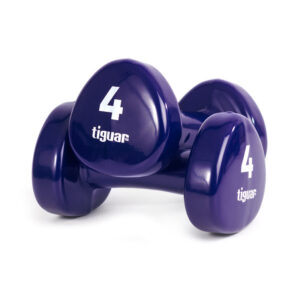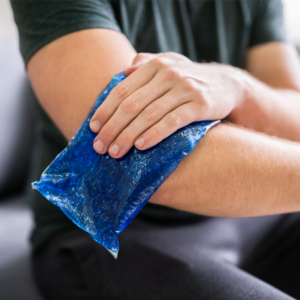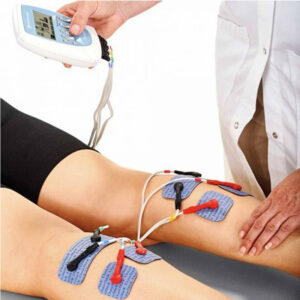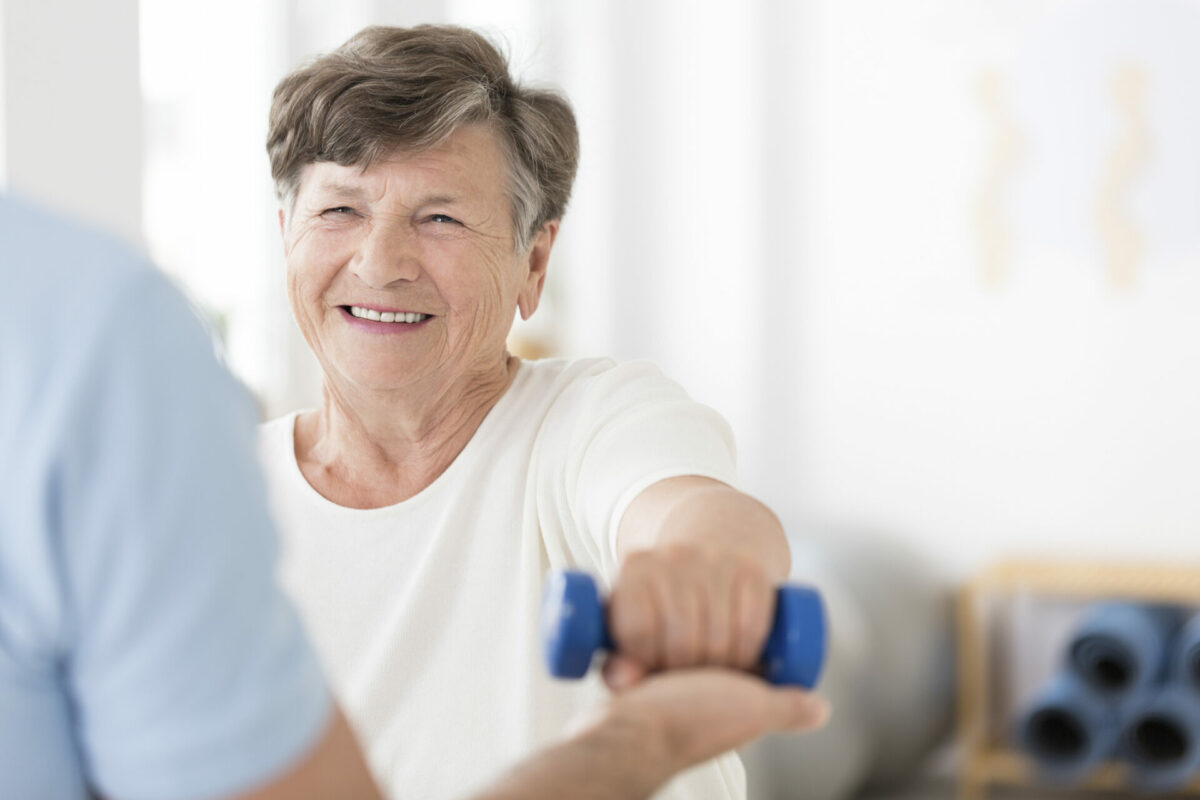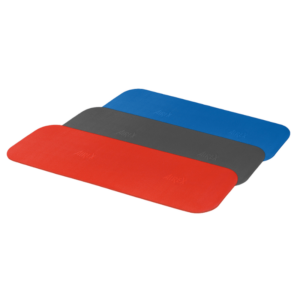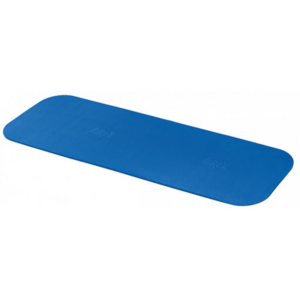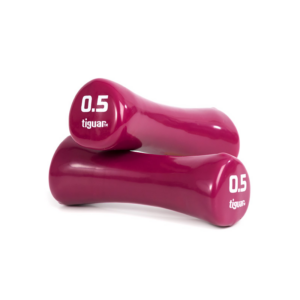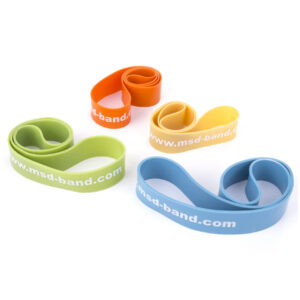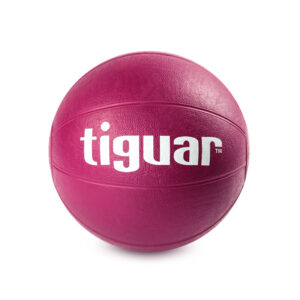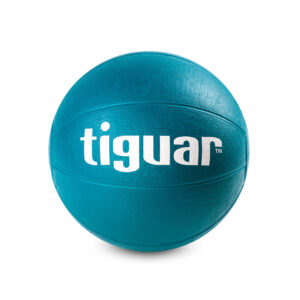Uncategorized
Physical activity in the fight against osteoporosis!
Osteoporosis is a condition that recommends 1 in 4 women and 1 in 6 men. Osteoporosis is associated with a decrease in bone density, which can make a person susceptible to fractures. Osteoporosis can progress gradually, without any symptoms, without a person really knowing about it until some fall or other injury, as a result of which the bone breaks. Osteoporosis can also increase the risk of spinal fractures, which can significantly affect health, mobility and quality of life. People who have been diagnosed with osteoporosis have an increased risk of bone fractures. In the elderly, a potential bone fracture can become a catalyst for a further decline in health deterioration. After bone fractures, people become less active, tend to avoid various activities, thereby becoming even more susceptible to further injuries.
Fortunately, a properly drawn up plan of physical activity can help reduce the risks of osteoporosis, as well as strengthen bones.
What is the best physical activity for bone health?
In the fight against osteoporosis, strength and resistance exercises, as well as physical activity with a shock element, help best. As a result of training, the skeletal system must be subjected to a greater load than it is used to. In this way, the skeletal system arises the need for a greater bone density, which will be adequate to withstand increased physical exertion. As a result of physical exertion, the bone system initiates increased osteoblastic activity – the process of remodeling bone cells. Physical activity guidelines for people at risk of osteoporosis recommend:
- strength and resistance exercises, as well as physical activity with an impact element.
- At least 2 times a week
- Perform strength and resistance exercises in 1-3 steps, 8-12 repetitions in each exercise
Strength and resistance exercises can include exercises with dumbbells, weight bars, weight balls and other free weights, gymnastic rubbers, as well as exercises with a person’s own weight (zooming, inflating). It is important to perform at least 1 exercise for each part of the body: back, abdominal press, abdominal lateral musculature, arms, chest, legs, buttock muscle/pelvis. It is also important to correctly apply these exercises to the individual level of abilities of each one. A physiotherapist with experience in working with people with osteoporosis can help with drawing up the correct exercise program. A properly drawn up plan and the technique of performing exercises are important to avoid injuries, as well as to get the best results.
Do balance exercises help?
Balance exercises are useful for any age group. They are probably the most important, for older people at risk of osteoporosis, because in a person with reduced bone density, a potential fall can develop into a much more serious injury than in a person with high bone blur. Regular balance exercises at intervals of 15-20 minutes are recommended. However, it is important to remember that balance exercises must be somewhat challenging in order to result in a better sense of balance. Thus, it is not recommended to perform balance tasks without proper supervision and preparation. It is best to perform balance exercises under the supervision of a specialist to make sure of their high-quality performance and safety.
What are those physical activities with an impact element?
It all depends on the age, abilities, physical fitness of a person. For one, it can be: light running, easy jumping, climbing stairs, walking or Nordic walking. For the other, it can be a workout of a very high degree of difficulty: sprints, jumping, sports games, etc. It is very important to evaluate these activities individually for each person.
Do cardio workouts help?
Cardio workouts such as walking, Nordic walking and jogging include an impact element that can stimulate osteoblastic activity . Thereby strengthening the bones. On the other hand, other cardio workouts, such as swimming or cycling, do not significantly help against osteoporosis, as they do not expose the skeletal system to a sufficiently large impact effect. However, these activities should also be included in the training program, since cardio training is also very important for health and well-being.
Do stretching exercises help?
Stretching exercises do not significantly affect bone density. However, flexibility, an adequate amount of movements in the joints are important for the health of every person. Stretching exercises can be performed both during warm-ups and during warm-ups after performing more difficult exercises. Stretching exercises should be performed at a slow, calm pace – without swinging. It is recommended to hold each stretching position for 30-60 seconds.

